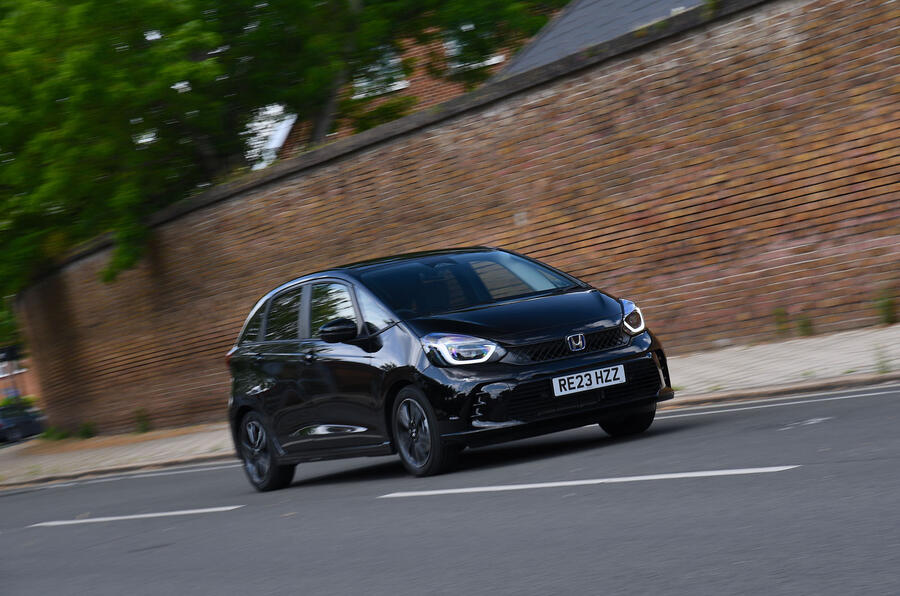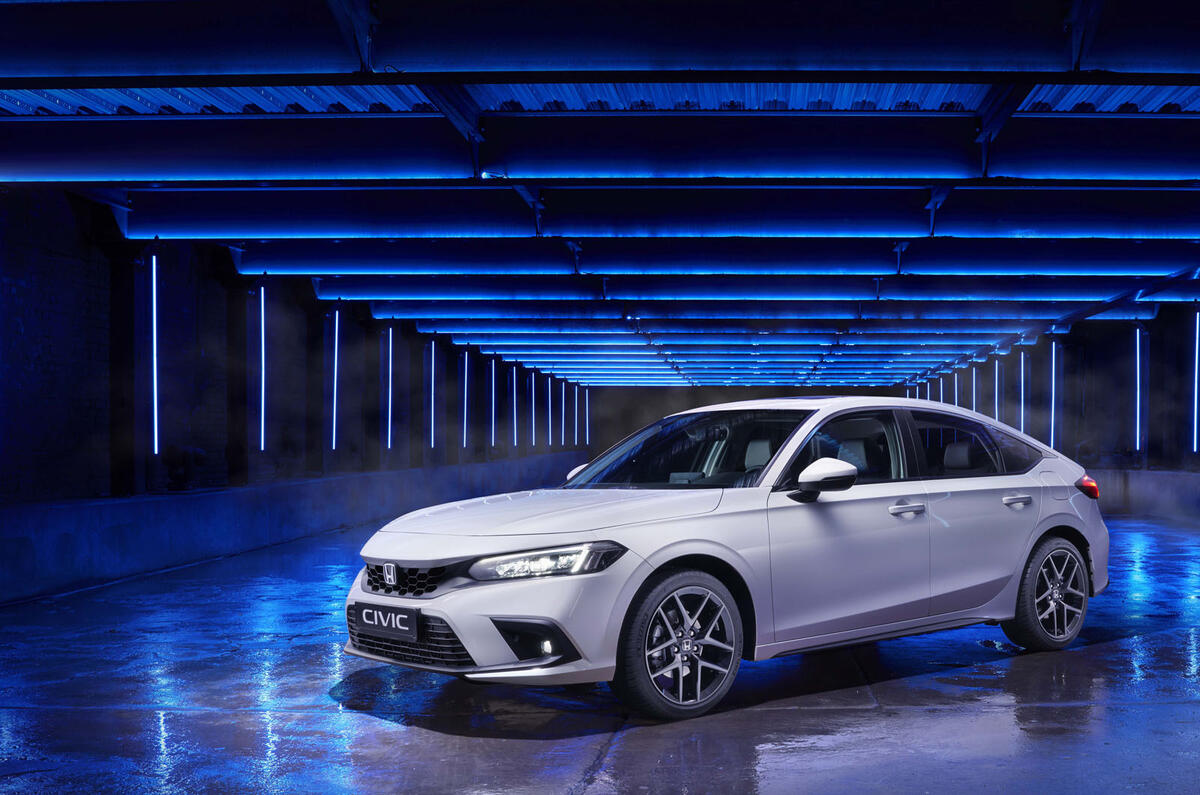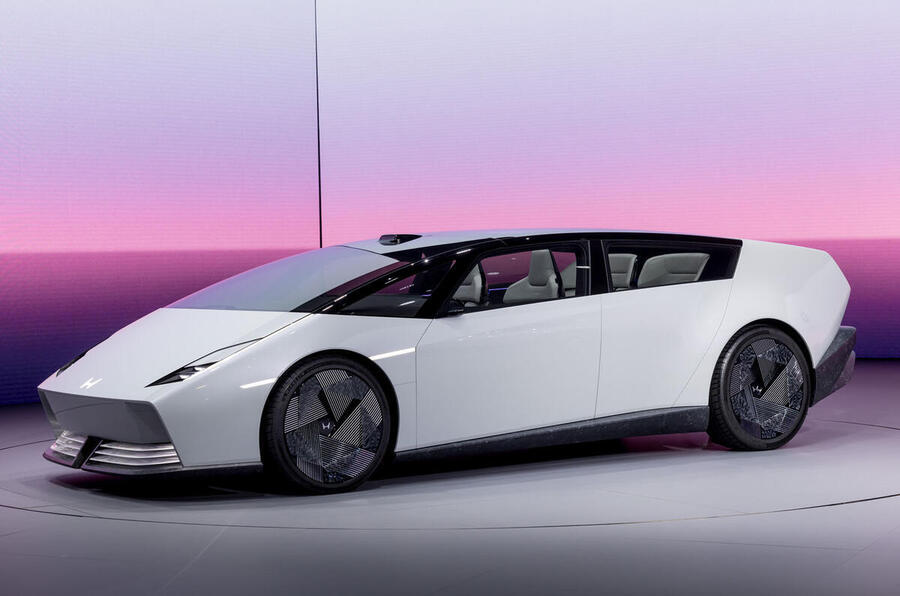Honda will launch a wave of new hybrid models powered by what it calls “the world’s most efficient” combustion powertrain in response to lagging EV sales.
At least 13 new Hondas will arrive between 2027 and 2030 in a revised range of hybrids that could kick off with replacements for today’s Civic and Jazz.
The new electrified combustion cars will help the company to navigate the “transition period” until electric cars are suitable for mass-adoption. The move is a response to the speed of changeover to EVs, which has so far been slower than Honda expected.
Announcing the strategic rethink recently, Honda CEO Toshihiro Mibe noted that “demand for hybrid-electric vehicles is growing”, while “the expansion of the EV market has fallen behind the initial projection”.
Mibe suggested the relaxation of CO2 emissions and EV sales targets in the US were to blame for the slower than expected growth of EVs, because these were “the main premise for the widespread adoption of EVs”.
Honda has not said which cars will be first to receive the new powertrain – expected to use the same non-plug-in set-up as currently – but has confirmed that it will come in 1.5- and 2.0-litre forms. That matches the capacities of the engines in the current Jazz and Civic, which are both due substantial updates in the coming years.
The 1.5-litre version will provide peak torque over a rev range that’s 40% broader than currently to maximise efficiency without compromising grunt. Both variants will deliver the best thermal performance of any combustion engine on the market, claims Honda. Meanwhile, the hybrid system’s electric motor is being slimmed down to reduce weight and improve packaging.










Join the debate
Add your comment
It would be good if Honda could justify "the world's most thermally efficient" claim. I'd be surprised if any sort of petrol engine could match the 45% figure achieved by the best turbodiesels - though accept that Atkinson cycle petrol engines get close.
That said I can see that globally there is still a market for combustion engines especially with the recent backtracking of ambition by the US and Europe. And the current Honda hybrid system is simple, relatively light and by also acting as a start up transmission dispenses with a heavy and expensive mechanical gearbox.
Oh yeah, sounds great already. It's worked wonders for other brands.
As you're designing a new Civic, can I have (a) space for a spare wheel, (b) a nicely designed dashboard without a touch screen plonked on top of it and manual controls, (c) a light interior (not black), (d) easy to disable driver 'assistance' features.
Lower than 36k starting price might help sales too.